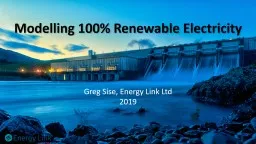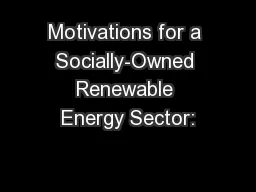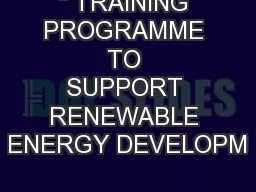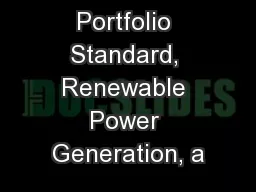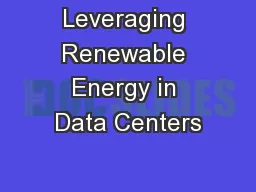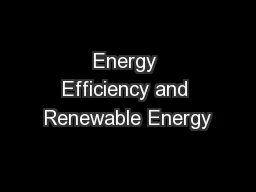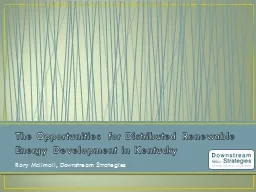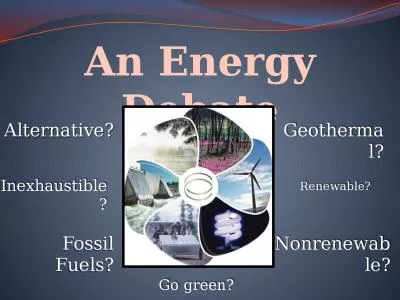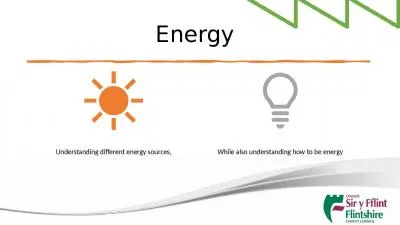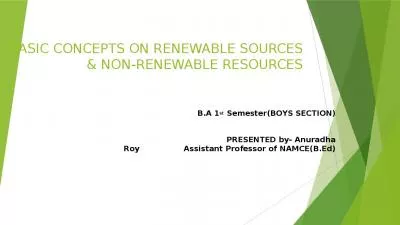PPT-Modelling 100% Renewable Electricity
Author : reimbursevolkswagon | Published Date : 2020-11-06
Greg Sise Energy Link Ltd 2019 Im talking about 100 renewables in a normal hydro year Models deployed in ICCC and ELL modelling Issues of interest 100 Renewables
Presentation Embed Code
Download Presentation
Download Presentation The PPT/PDF document "Modelling 100% Renewable Electricity" is the property of its rightful owner. Permission is granted to download and print the materials on this website for personal, non-commercial use only, and to display it on your personal computer provided you do not modify the materials and that you retain all copyright notices contained in the materials. By downloading content from our website, you accept the terms of this agreement.
Modelling 100% Renewable Electricity: Transcript
Download Rules Of Document
"Modelling 100% Renewable Electricity"The content belongs to its owner. You may download and print it for personal use, without modification, and keep all copyright notices. By downloading, you agree to these terms.
Related Documents

